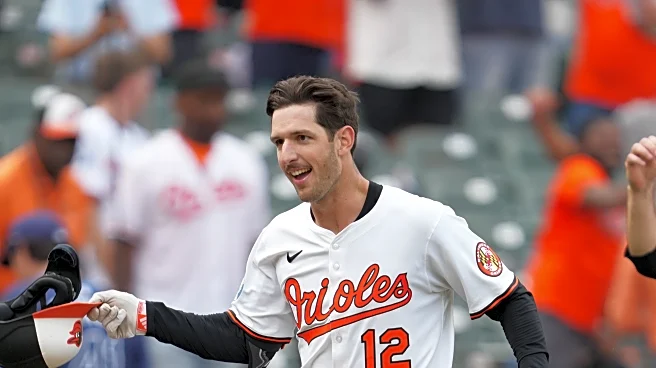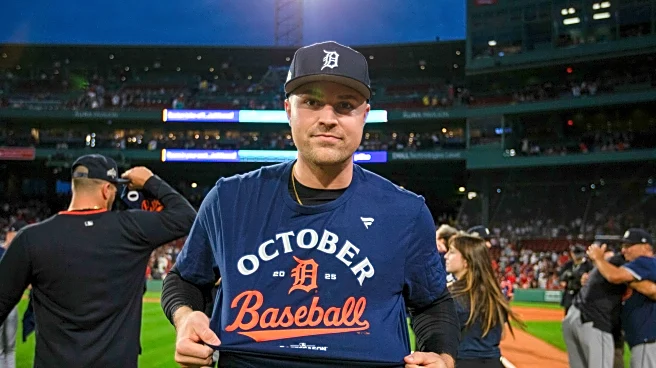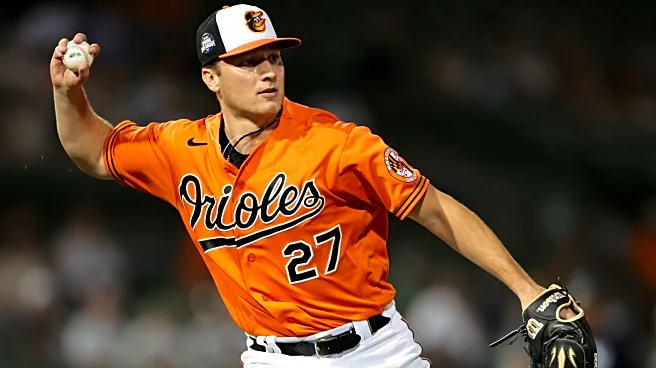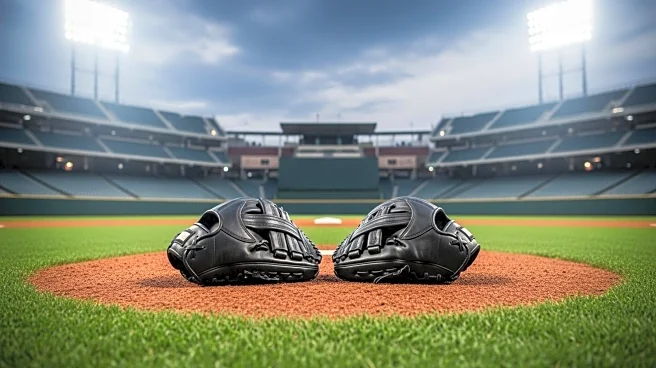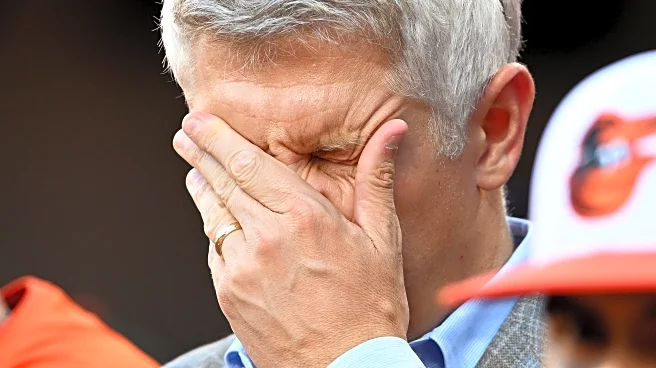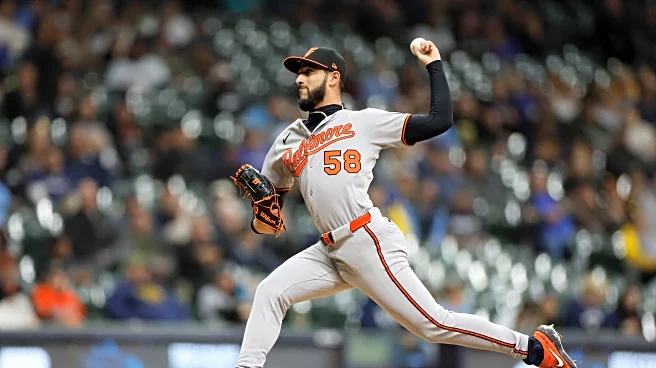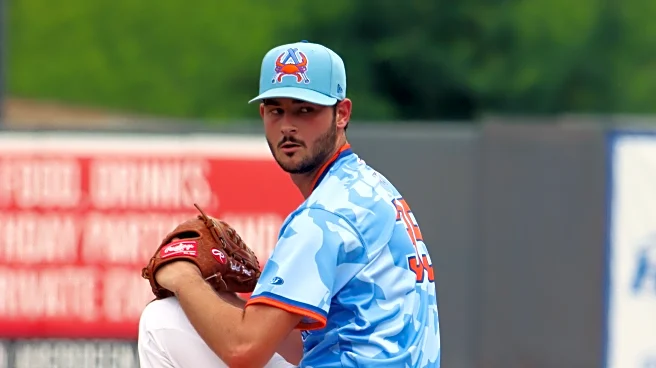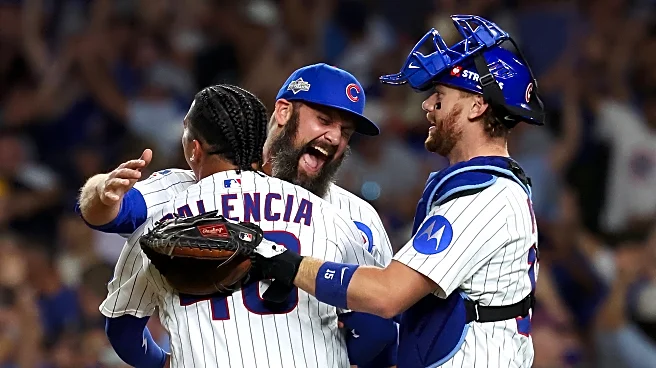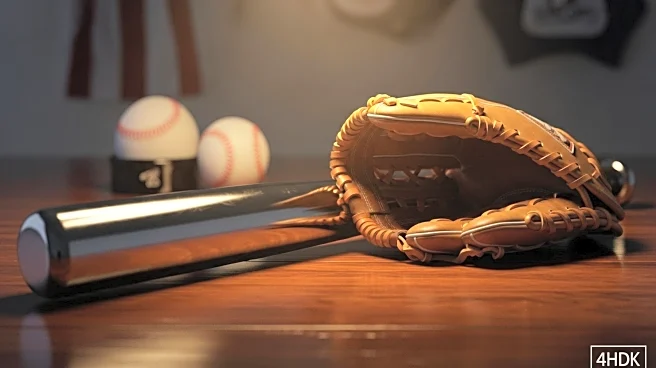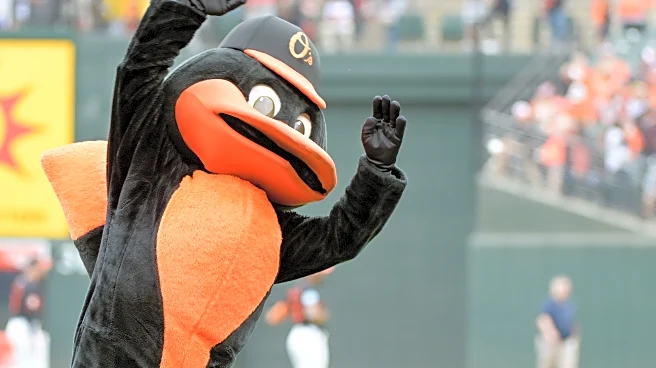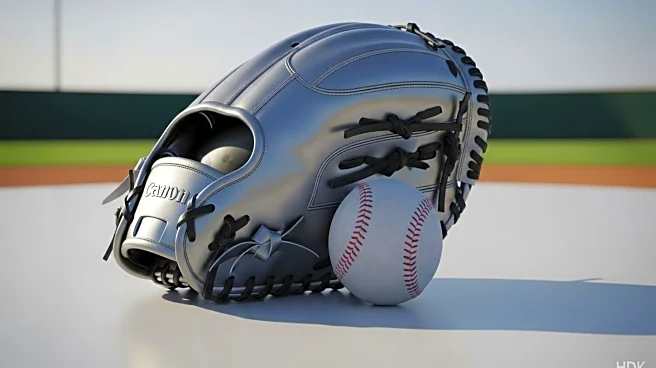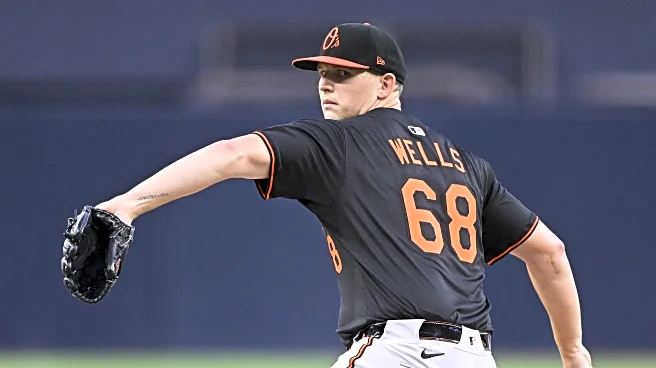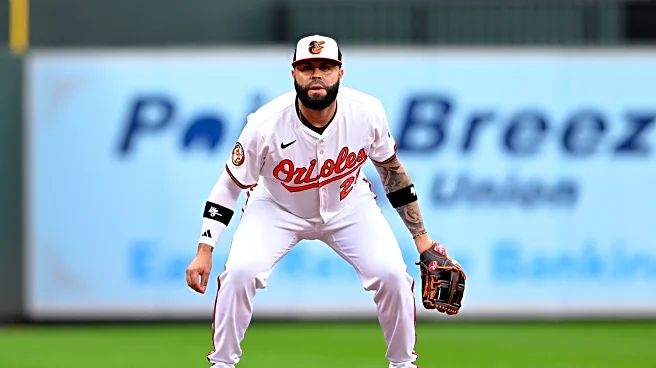One of the easiest ways to express the Orioles season of disappointment is this: Almost nobody did unambiguously well. Between performance issues and injuries, both established major league players and prospects at a number of levels ran into major challenges throughout the season. The records of the big league team and of the affiliates reflect this struggle. A small number of players were able to avoid this pattern. One of the few was Dylan Beavers.
This was not an out-of-nowhere ascent for Beavers
in the 2025 season. He wasn’t some complete nobody of a player. Entering the season, he ranked sixth on Camden Chat’s composite top Orioles prospect ranking. Every one of the individual lists that I used to make up that composite ranked Beavers sixth or seventh. That’s a respectable placement. One list, FanGraphs, which published after the regular season began and thus was too late to make my composite ranking, ventured far off this consensus, bringing in Beavers at #30.
Where Beavers checked in on the composite is, in retrospect, funny: Beavers ranked below two guys who had a complete bust of a 2025 campaign. Those are Chayce McDermott and Vance Honeycutt. He’ll probably be #2 on most prospect lists headed into 2026, behind only Samuel Basallo. I have no idea how the iconoclastic FG ranking will re-evaluate in light of Beavers’s 2025 results.
Longtime readers of Camden Chat know that my household has been on the excitement train for Beavers being part of the Orioles since the moment that he was drafted into the organization. On the broadcast on the first day of the 2022 draft, when the Orioles were about to make their selection, the network put up a graphic on the screen listing the top available talents at that time. I turned to my wife and asked, “Who should they take?” She read the list of names on the screen and announced: “Beavers!” When the Orioles then drafted Beavers, this was a delight. It’s also a delight to just exclaim: Beavers! Based on the reactions of people around us at Camden Yards towards the end of this season, other people have independently arrived at the same conclusion. Beavers!
The explanation for why Beavers was not ranked higher going into this season is, I think, simple enough. He wasn’t all that good when playing the whole year at Double-A in 2024. Beavers spent 119 games with the Baysox in that campaign and he batted .243/.343/.413 for the year. Those aren’t terrible numbers. There were good things going on, particularly his walk rate. But a .756 OPS at Double-A is not the kind of thing that fuels massive hype for a player. You want to see more.
Assigned to Triple-A Norfolk to begin the 2025 season, Beavers gave us more. He started off with an .802 OPS by the end of April and never looked back from there. Even Beavers did not avoid the injury bug in 2025, spending about a week on the injured list in late May, but this did not slow him down any. He went on to post OPS numbers above 1.000 for both June and July.
In the aftermath of the trade deadline, with the Orioles having traded away two outfielders, I was critical of the fact that Mike Elias did not have Beavers with the O’s on August 1. At that time, Beavers was not ranked on top 100 lists to make him seem like a potential bonus draft pick candidate. Updates made to those rankings in August and September have changed that picture. I also thought it was unlikely that Beavers could be a serious Rookie of the Year candidate in 2026. After seeing Beavers in action for a month and a half in the majors, let me just say: My bad.
While I’m dragging up my own bad takes, I assessed Beavers’s chances of making it to the Orioles this year as follows: “It would take a lot of injuries.” There were, it turned out, a lot of injuries, starting with Colton Cowser’s opening series thumb fracture, with Tyler O’Neill’s whole deal also involving a lot of missed time for a different reasons. That said, with Beavers OPSing over 1.000 in the summer months, I think that we would have seen him in some capacity even if there were no injuries and no sell-off and the Orioles were really in the playoff hunt.
Starkly contrasted to many fresh-from-the-minors Orioles we’ve seen in the last couple of years – unfortunately including Basallo – Beavers arrived from Norfolk and picked up about where he left off from the minors when getting his first taste of major league pitching. By the end of August, with 14 MLB games under his belt, Beavers was batting .318/.434/.477.
This was not a batting line that was likely to last, for one simple reason: His batted ball luck was crazy, like a .448 BABIP crazy. The highest-such number of any qualified MLB batter was Aaron Judge at .376. That luck was always going to even out against Beavers, and in September it did. He batted .167/.337/.348 for the month there, with the BABIP down to .195. For the season, it worked out to this triple slash: .227/.375/.400.
There’s room for improvement there. If the batting average was 20 points higher at least, that would be preferred. There’s also a lot to build off of. Beavers showed a good eye for the strike zone, with one of the lowest chase rates of any player who played at least as much as he did this year; he swung outside of the zone fewer than 20% of the time. This helped him to a walk rate (19%) that was, literally, best in the majors for players with at least 100 PA.
This is not out of sync with what Beavers was demonstrating on his way up through the farm. He had a walk rate of at least 13% at every stop where he spent any meaningful length of time, with a strikeout rate generally in the low 20s. If he can sustain those ratios as a major leaguer, he’ll do very good things. You could even hope for Beavers to sustain a higher-than-average BABIP, as he was regularly in the .330 and higher range in the minors.
Time will tell about that. We know from players like Cowser and Adley Rutschman that it is not necessarily true that a player’s batting in his first extended big league action is a baseline from which he’ll improve. Sometimes, a guy doesn’t even manage to keep it at that level.
Next year’s role
As long as Beavers is healthy through spring training, he should be the Opening Day left fielder for the Orioles in 2026, and as long as he’s playing at least decently, he should stay in a starting corner outfield role for the team for most of the season. If that play is close to the pace he was on this season, he will be a solid AL ROY contender and Mike Elias’s preservation of Beavers’s rookie status into 2026 will look wise.
Monday: Esteban Mejia
